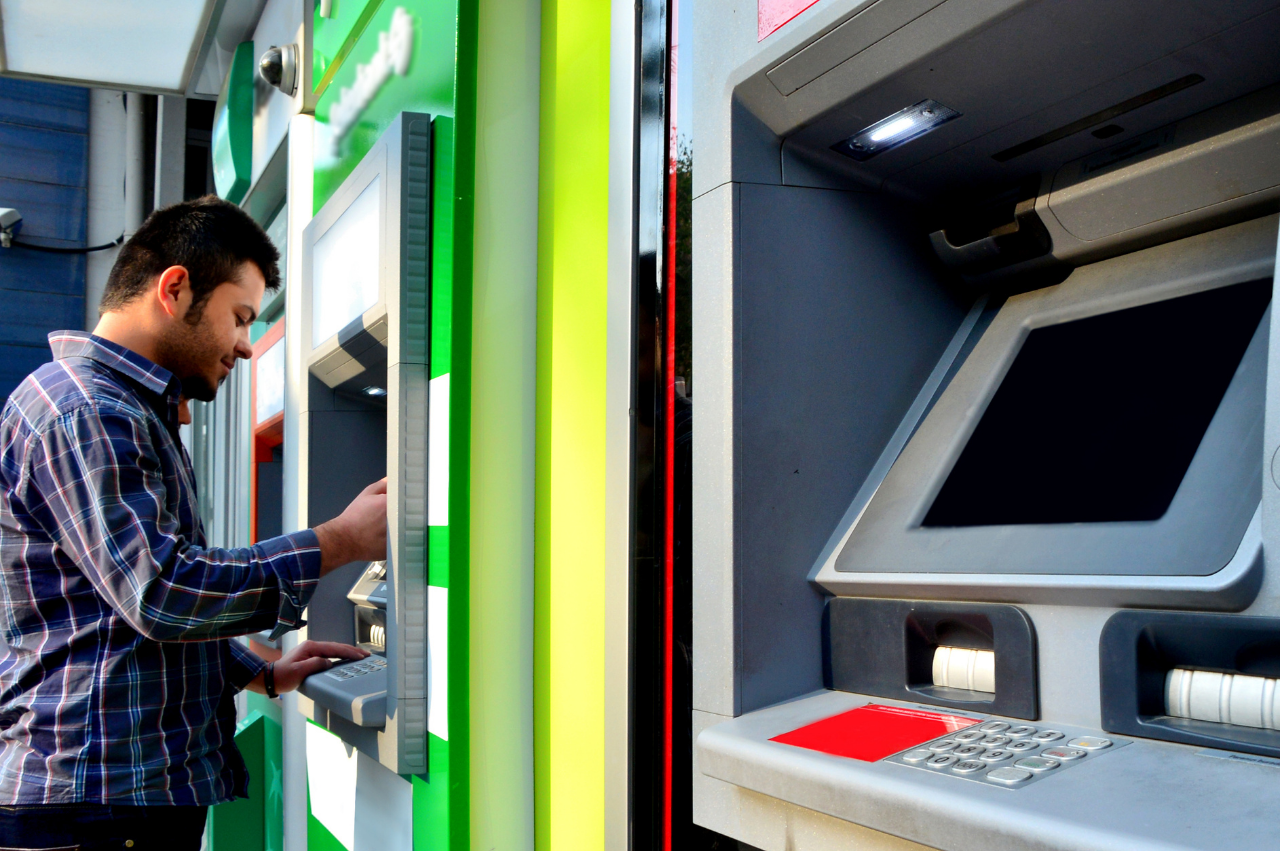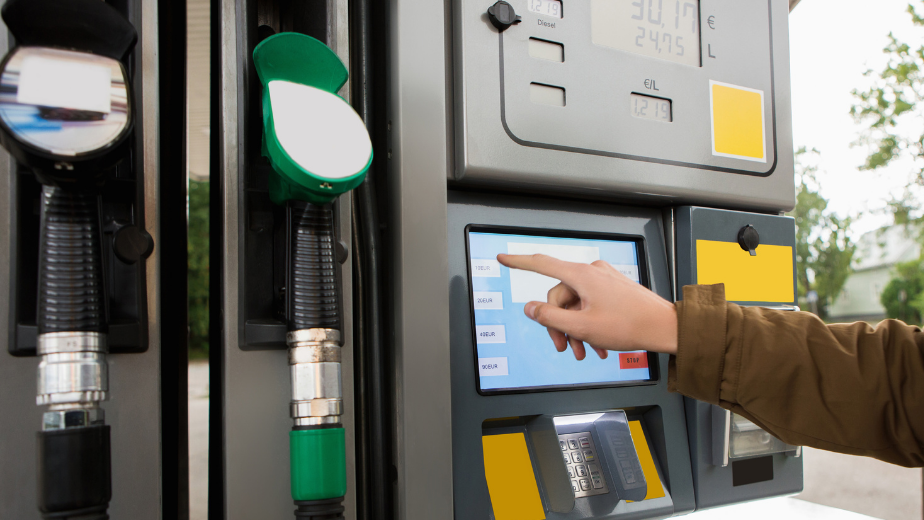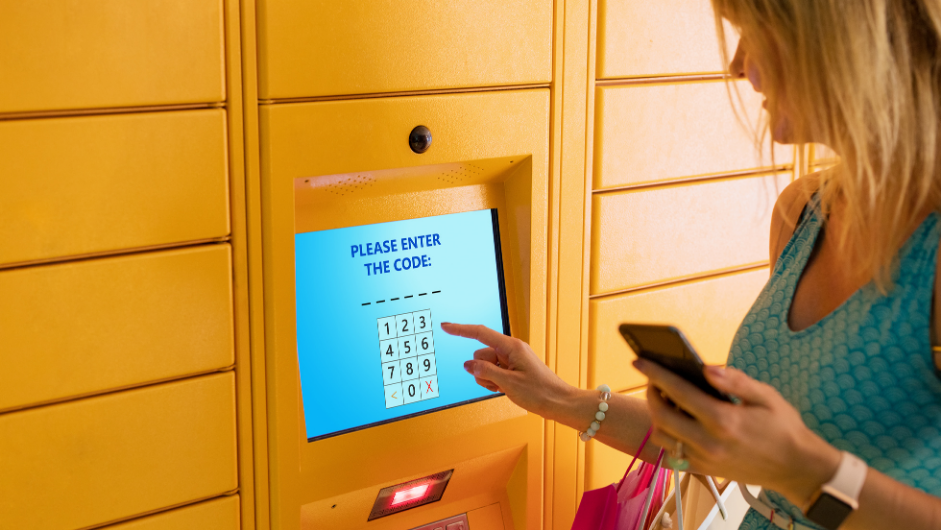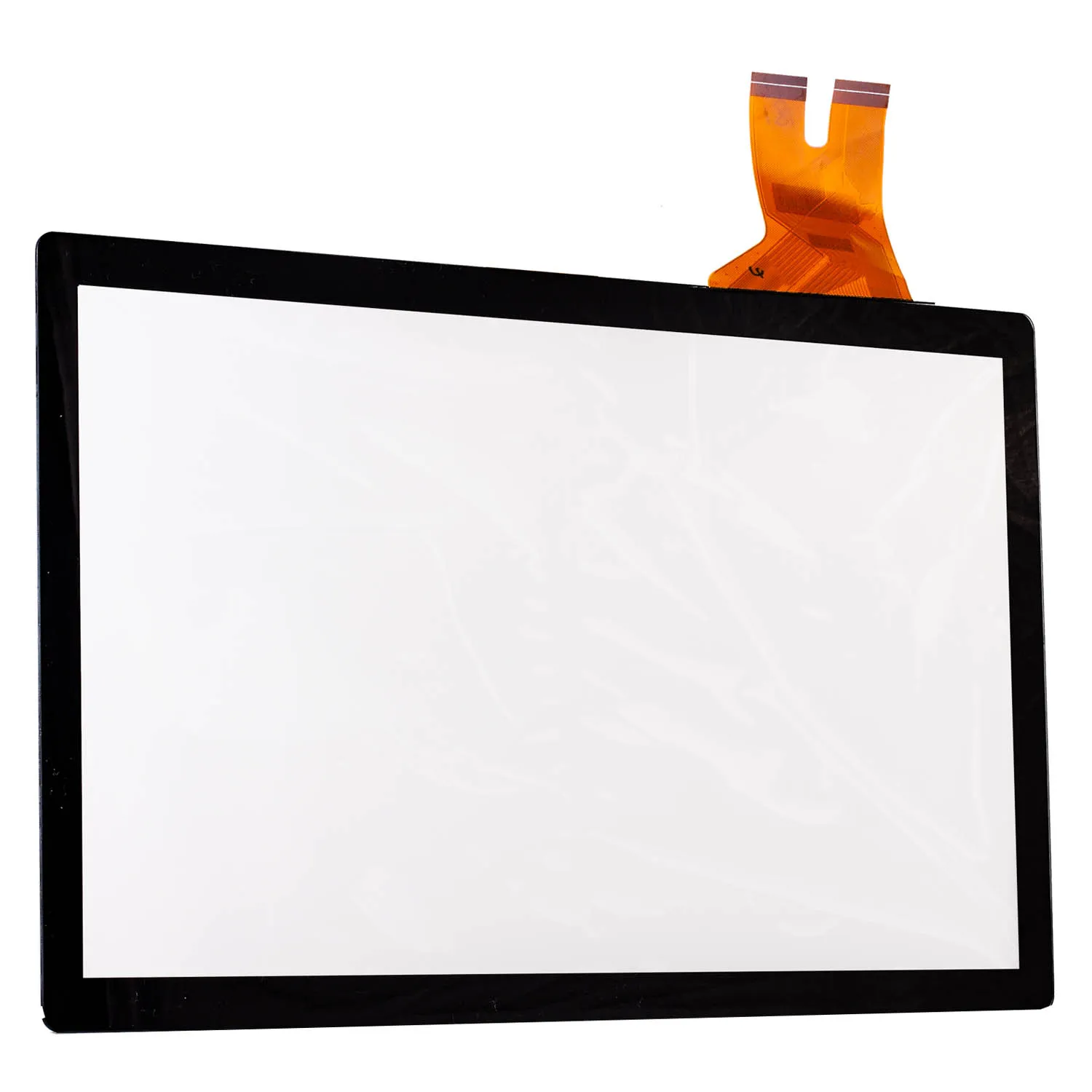
As global integration strengthens and the pace of informatization accelerates, industries are increasingly seeking to improve production and service efficiency. Self-service terminals have thus seen rapid expansion from banking to other sectors such as telecommunications, electricity, medical care, aviation, retail, and beyond.
With the banking and telecommunications industries developing rapidly, business outlets are being constructed at an accelerated pace, and service and information levels in major industries continue to improve. As such, demand for self-service terminals is growing rapidly.
Self-service terminals are designed to offer "24-hour self-service," relieving overcrowding in traditional business halls, expanding business hours, and providing customers with easy, convenient, and considerate service. These terminals are an extension and supplement to traditional business hall services.

In the financial industry, self-service terminals allow users to conduct account inquiries, self-service transfers, statement printing, re-registration, and self-service loss reporting. In the communications industry, users can enter phone numbers to perform self-service mobile phone stop (reset) and bill inquiry, printing, payment, invoice printing, caller ID, GPRS, and other basic start and stop processing. The terminals also allow customers to purchase mobile phone cards and receive password recharge receipts. Supporting equipment can also enable value-added services, such as commodity purchases.

The benefits of using touch screen self-service terminals include saving on labor costs, meeting customer needs, minimizing waiting times, and attracting more customers. For example, in a supermarket, self-checkout can be provided by touch-screen self-service terminals, minimizing the need for cashiers. Similarly, in banks, the touch-screen self-service terminals require only a monitor to ensure normal operation and assist with customer questions, thus saving on labor costs.
Customers increasingly demand efficient self-checkouts, and touch-screen self-service terminals meet that need by minimizing waiting times, making the checkout process more efficient, and attracting customers who value speed and convenience.

- 1. Reduced Labor Costs
- 2. Improved Customer Satisfaction
- 3. Decreased Wait Times
- 4. Increased Customer Base
With touch-screen self-service terminals, businesses can cut down on labor costs. For instance, supermarkets can reduce the number of cashiers required for checkout. In a bank, the terminals only require one person to monitor operations and assist customers with queries, which significantly reduces labor costs.
Touchscreen self-checkouts have become increasingly popular among customers who value efficiency. By offering self-service kiosks, businesses can provide express checkout options for customers in a hurry. This approach satisfies customer needs and enhances their experience with the brand.
Waiting in line can be frustrating for customers, leading to negative impressions and potential losses for the business. Touch-screen self-service terminals can minimize wait times by providing an efficient checkout process. This saves time for customers and improves operational efficiency for the business.
The use of high-tech touch-screen self-service terminals can attract customers who seek efficient services. This improves the customer base and helps businesses stand out from their competitors.

In conclusion, businesses can reap several benefits from using touch-screen self-service terminal services. These benefits include reduced labor costs, improved customer satisfaction, decreased wait times, and increased customer base. By implementing this technology, businesses can enhance their operations and improve their bottom line.
If you have any questions about touch screens, touch monitors, or touch computers, please feel free to contact Keetouch GmbH. Our team will be happy to help you find the best touch solution for your needs.







